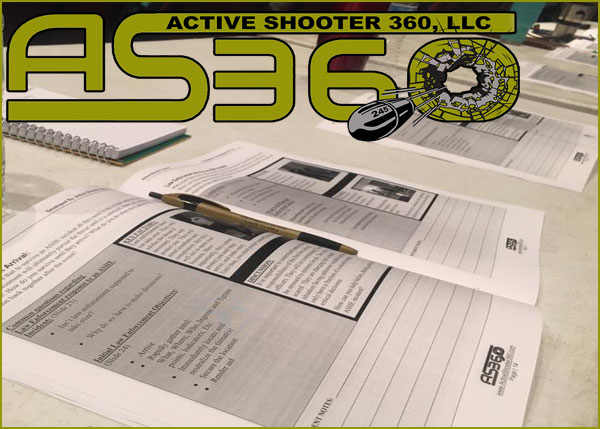Horizontal Violence has a nasty flavor because it’s “in the family;” it is violence among peers. Remember that physical violence is a quantum leap from verbal bullying or harassment.
There’s no such thing as minor violence. A finger to the chest, shoving, or grabbing is violence. Granted, the previous examples may not cause physical injury, but the detrimental effects are lasting. Violent actors may enjoy the results of their behavior and continue their attacks. Victims may suffer emotional trauma that affects their work performance, increases turnover, and negatively impacts their personal life. Further, victims may retaliate, causing a violence arms race. Soon, everyone is affected.
Horizontal violence especially affects high stress workplaces such as healthcare, the military, or first responder agencies. Get ahead of horizontal violence through prevention. Here are a few key points:
1. Develop a zero tolerance policy; violence is not a minor problem.
2. Violence prevention policies should apply to all levels of management.
3. New team members are especially vulnerable. Ensure your violence prevention policies are included in the new member orientation process.
4. Require that all violent events are reported; investigate immediately, and follow-up appropriately.
5. Leaders, administrators, and HR are key players. This is why Active Shooter 360 developed the 3D Workplace Violence Prevention Workshop and Toolkit.
Key Takeaway:
Address horizontal violence policies and response in your workplace violence prevent program. Remember that violence threats may be from the inside as well as the outside.What are your thoughts?



